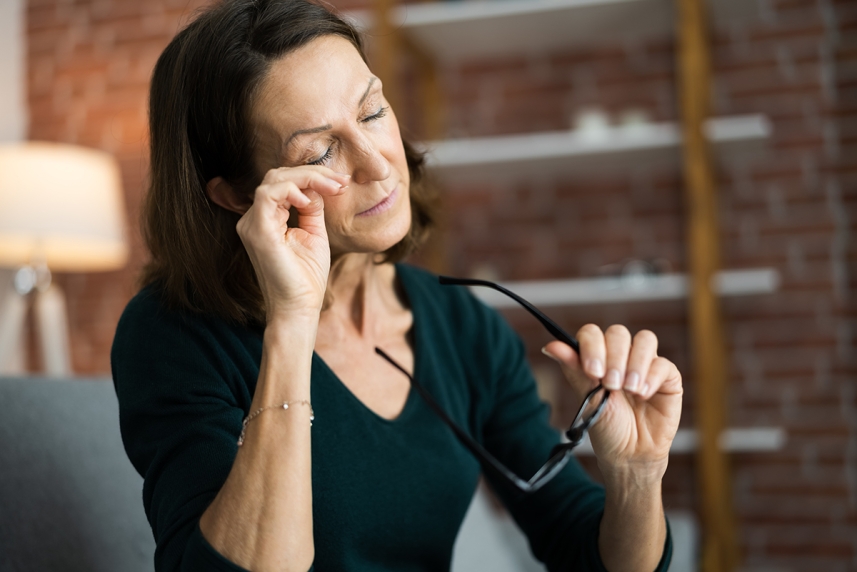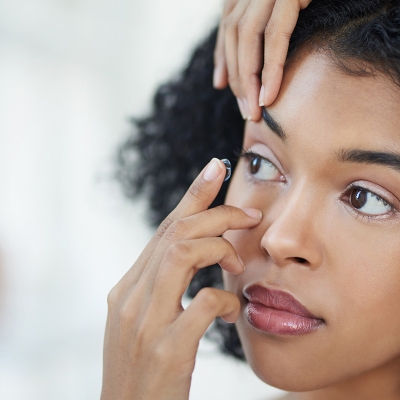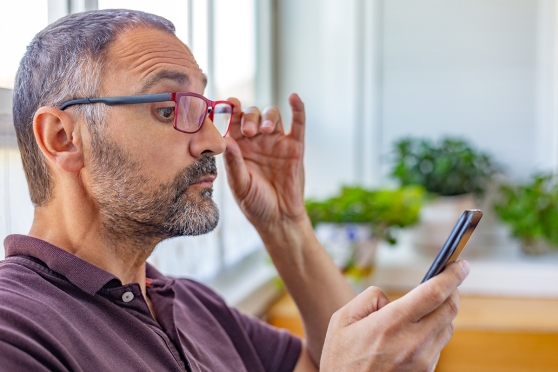5 facts about styes
If you’re prone to these painful bumps on your eyelids, here’s what you need to know to treat them — and prevent them from coming back.

Styes may seem to appear overnight, but don’t panic. With the right kind of at-home care, that painful red bump on your eye will go away.
Here are 5 facts that can help you understand what causes styes in the first place — and what you can do to heal them.
1. Styes are a sign of infection
Your eyelids are filled with tiny glands and eyelash follicles. (Follicles are the little pores that surround the hair root.) These glands secrete oil and tears to help keep your eyes moist, but the glands and hair follicles can get plugged up.
Once they become blocked, it’s easier for bacteria to grow there, says Alexander Solomon, M.D., a neuro-ophthalmologist and strabismus surgeon at Pacific Neuroscience Institute in Santa Monica and Torrance, California.
That bacteria doesn’t necessarily come from dirty hands or contact lenses. It’s the usually harmless bacteria that’s always on your skin.
When bacteria grows out of control, the gland or follicle gets infected and inflamed.1 You’ll see a red, swollen and pus-filled bump on the inside or outside of your eyelid.1
Stay on top of your eye health with an in-network provider. Search for a provider now.
2. Anyone can get a stye
No one is immune to this annoying condition. There are people who get them more often though.
Your chances of getting a stye may increase if you:
- Have rosacea. People with this chronic and inflammatory condition usually get patches of red inflamed skin on their faces. But rosacea can also affect your eyes, causing inflammation around the eyelids.2
- Have blepharitis. Blepharitis is another type of inflammation around the eyelids. People who have it have more bacteria around the eyelashes. That usually shows up as dandruff-like flakes.3
- Are in your 40s or older. As we age, our eyelid glands just don’t work as well as they used to. That means they can’t pump out oil and tears as efficiently, says Dr. Solomon. “That material tends to dry up and be more likely to block these glands,” he says.
- Have had styes before. Styes appear in waves for some people, says Laine Higa, O.D., an optometrist and an assistant professor at Pennsylvania College of Optometry/Salus University in Elkins Park, Pennsylvania. Stress may also play a role in the development of styes, he says.
3. A warm compress is your best bet for treating styes
A warm, damp washcloth placed over your affected eye will help a pus-filled stye drain on its own before it causes any more problems, says Dr. Solomon. He recommends using a warm compress for 20 to 30 minutes, 4 or 5 times a day. Not possible? Just do your best to use the compress as often and as long as you can, he says.
Whatever you do, don’t squeeze or pop the stye. It may be tempting, but doing so could spread the infection to the eye.1
If you wear contacts, switch to glasses until the stye goes away. It’s also a good idea to avoid using eye makeup. Both can introduce more bacteria to the eyelid.1
4. Sometimes you need a pro to treat the stye
If the stye is getting redder, bigger or simply won’t go away, it’s a good idea to visit your eye doctor, says Dr. Solomon.
If you have a high fever, your eye swells shut or you’re seeing double, call your eye doctor as soon as possible, says Dr. Higa. These are signs of a serious infection. Your optometrist may prescribe antibiotics to clear the infection. It may be an ointment or a prescription for oral antibiotics.
If antibiotics don’t do the trick, there are other treatments, says Dr. Solomon. One is a steroid injection to help bring down inflammation. The other is to gently lance the stye with a needle to drain the pus.
5. Good hygiene can help prevent styes
If you’re at risk of getting styes, take extra care to keep your eyelids clean. You’ll avoid dead skin and bacteria buildup around the eyes, says Dr. Higa.
The best way is to put a warm compress on your eyes for 10 minutes, twice a day, recommends Dr. Solomon. It’s best to do it in the morning and at night before bed.
You can also opt for over-the-counter eyelid wipes or go the DIY route: Put a bit of baby shampoo (no tears) on a washcloth or cotton ball. Then use it to wipe your eyelids, says Dr. Higa.
There are other good-hygiene habits that can help keep bacteria at bay as well, including:
- Washing your hands before inserting, removing or touching your contact lenses4
- Washing your face and removing any makeup every night before bed4
Follow these steps and before you know it, you’ll be stye-free.
Looking for a new eye care provider? Search the UnitedHealthcare Vision Network now.
Sources:
- Stye Mayo Clinic, June 2022. Accessed September 6, 2023.
- Rosacea National Institute of Arthritis and Musculoskeletal and Skin Diseases, last reviewed May 2021. Accessed September 6, 2023.
- What is blepharitis? American Academy of Ophthalmology, August 2022. Accessed September 6, 2023.
- Stye Cleveland Clinic, last reviewed October 2021. Accessed September 6, 2023.


